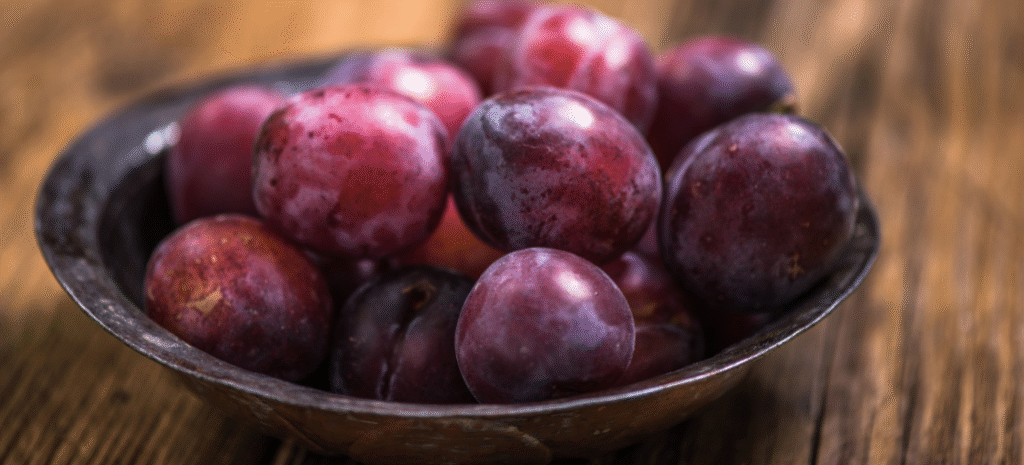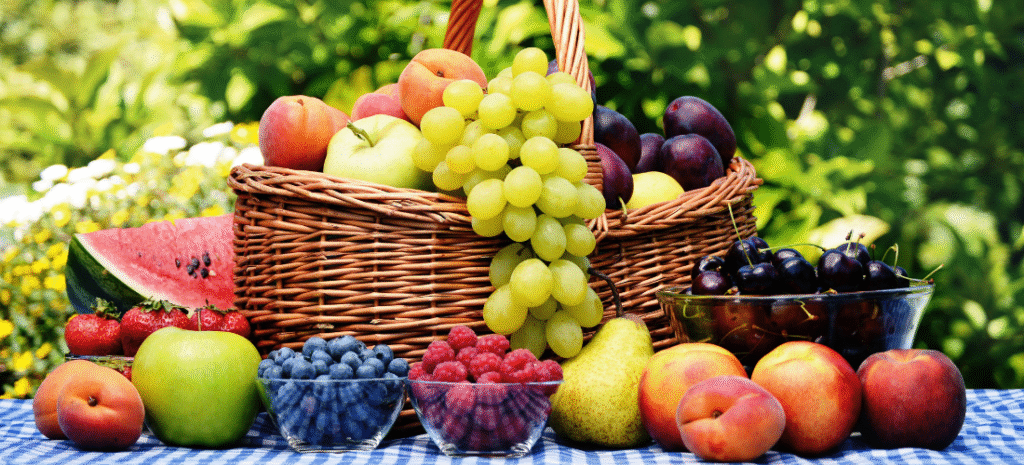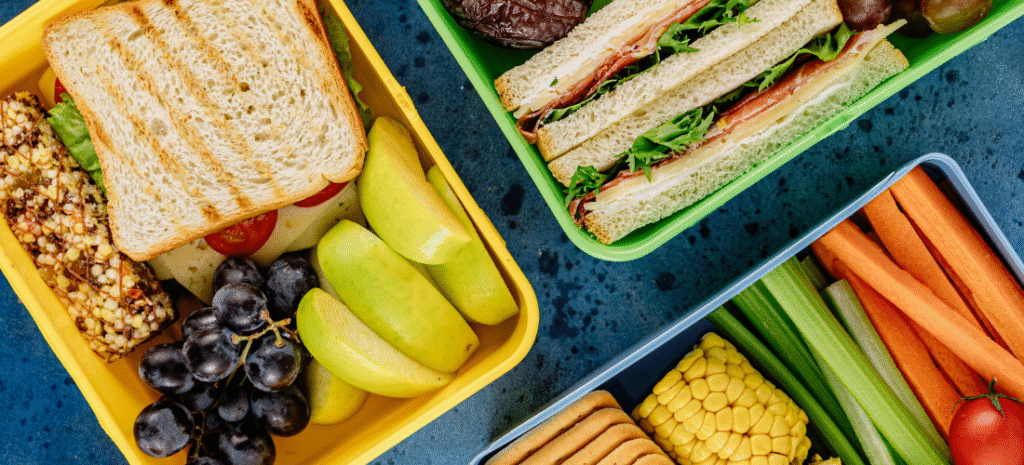Nuts and oilseeds should be a daily habit in our diet to keep it healthy and balanced. Walnuts, almonds, hazelnuts, pistachios, cashews, pine nuts, walnuts and even peanuts-which, although they are legumes, have a very similar nutritional profile to nuts-are true concentrates of valuable nutrients.
Why not fear them for calories?
Often shunned because of their high energy density, these foods are actually rich in “good”-mono- and polyunsaturated fats, fiber, vitamins (especially E and B vitamins ), minerals such as magnesium, iron, phosphorus, and zinc, as well as phytosterols and polyphenols with many beneficial properties for our bodies.
What dose to consume daily?
A serving of about 30 grams a day-a handful-is enough to make a big difference:
- 20 almonds cover about 60% of the daily requirement of vitamin E
- 6 Brazil nuts provide 47% of daily magnesium
- 8 common walnuts meet the average omega-3 requirement
- 3 tablespoons of shelled pistachios provide between 10 and 20 percent of iron requirements (depending on gender).
Variation is the key
Variation is also key in this group: 100% dried fruit creams-which can be easily prepared at home-are an excellent alternative. One and a half tablespoons (about 30 g) can replace the whole serving of dried fruit. These creams are perfect for breakfast, spread on a slice of bread with jam or fresh fruit, or to whip up risottos or enrich cereal and vegetable dishes.
Oilseeds, a world to be discovered
Let’s not forget the seeds: sesame, pumpkin, sunflower, poppy and many other seeds are rich in micronutrients. Sesame, for example, is an outstanding source of calcium and can also be used as tahin-a sesame seed paste ideal for hummus, dressing, and risotto.
How to include them in the diet?
Here are some simple ideas for consuming them every day:
- In cream, spread on bread or mixed with yogurt
- Added to homemade smoothies or ice cream made from frozen fruit
- Whole, as snacks or in salads and fruit salads
- Chopped on pasta dishes, desserts or bowls
- Blended with vegetables and flavorings to make pesto or sauces.
Versatile, nutritious and tasty
Dried fruits and oil seeds are easy to include in our everyday diet and provide multiple benefits for our health. Add them to your daily diet and have fun experimenting with new ways to enjoy them!
by dietitian Alessandra Zanini
SOURCES:
https://smartfood.ieo.it/nutrizione-e-salute/fabbisogni/fabbisogni-nutrizionali-frutta-a-guscio/
https://smartfood.ieo.it/la-domanda-la-fai-tu/frutta-secca-a-guscio-e-creme-spalmabili/
BDA – Food database for epidemiologic studiesi



